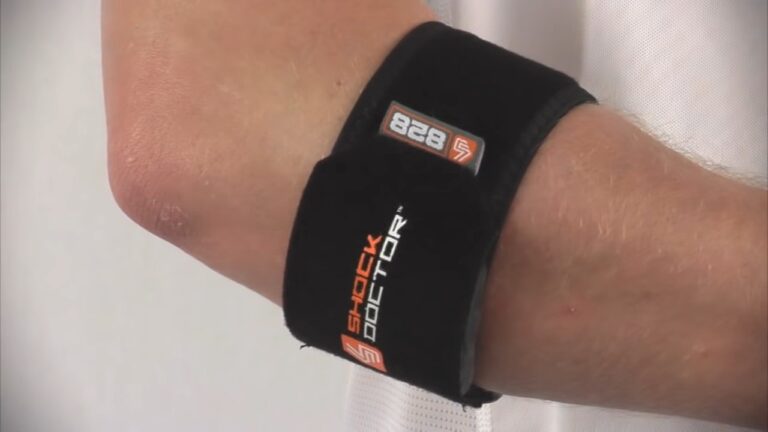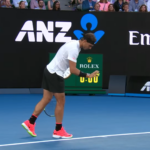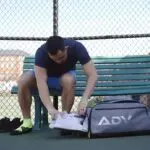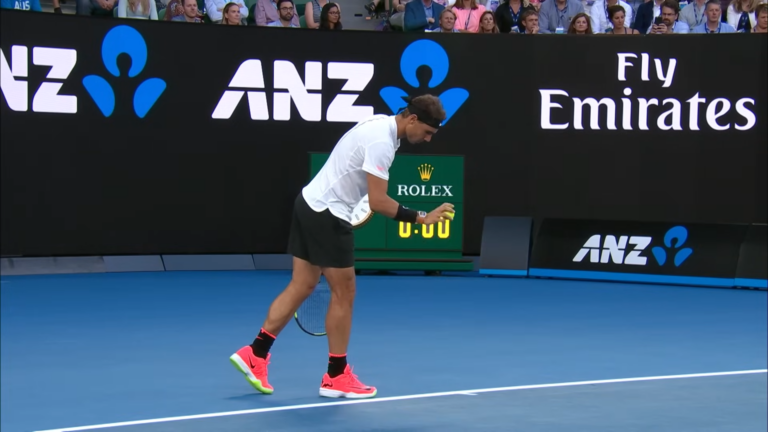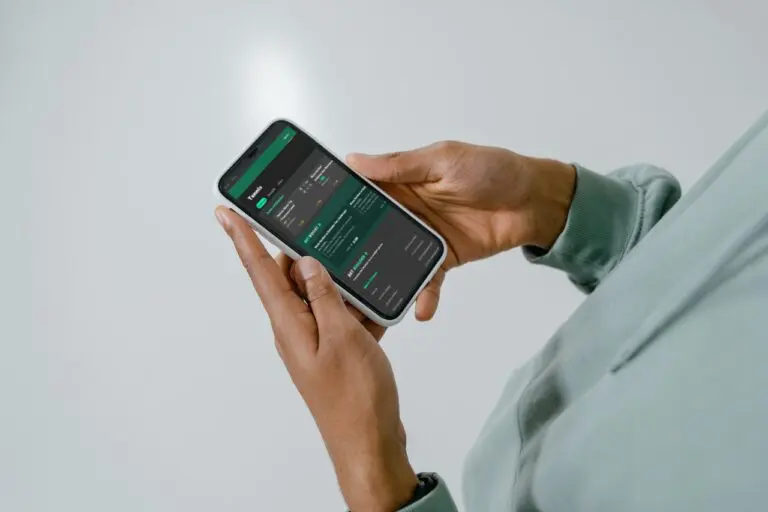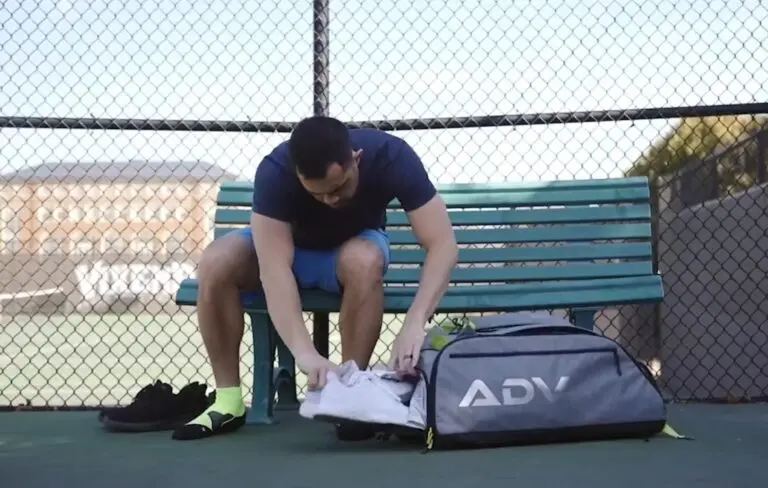As a dedicated tennis coach and enthusiast, I’ve witnessed firsthand the impact that tennis elbow can have on players, from beginners to seasoned professionals. This painful condition, also known as lateral epicondylitis, occurs when the tendons in your forearm are overloaded, usually by repetitive motions of the wrist and arm.
Thankfully, wearing a tennis elbow brace can be a game changer, providing the necessary support and relief to help you get back on the court. In this article, I’ll guide you through the process of correctly wearing a tennis elbow brace, ensuring you can continue to enjoy the sport we all love.
An Overview
Tennis elbow is a common injury among players, characterized by pain and tenderness on the outer part of the elbow. It’s crucial to recognize the symptoms early on to prevent further damage. I always advise my players to listen to their bodies and seek medical advice if they suspect they have tennis elbow.
In the initial stages, the pain may be mild and not interfere much with your game. However, if left untreated, it can escalate, leading to a significant decrease in performance and enjoyment of tennis. It’s essential to address the issue promptly to ensure a swift recovery.
How to Choose One?
Not all tennis elbow braces are created equal, and finding the right one is paramount. Look for a brace that provides adequate support without being too tight. It should be made from breathable material to ensure comfort during play.
There are various types of braces available on the market, including compression sleeves, straps, and bands. Each has its own set of benefits, and the choice ultimately depends on your personal preference and the severity of your condition. I’ve seen players have success with all types of braces, so don’t be afraid to try different styles to find what works best for you.
Prepare to Wear it
Before putting on the brace, make sure your skin is clean and dry. If you have sensitive skin, you may want to apply a thin layer of fabric or padding underneath the brace to prevent irritation. Adjust the brace so that it sits snugly on your forearm, but not too tight.
- Ensure the brace is in the correct position: The padded part should be on the outer part of your forearm, just below the elbow.
- Check the tightness: The brace should be snug but not too tight. You should be able to slide a finger underneath.
- Adjust as necessary: If the brace has straps, adjust them until you achieve the desired level of support.
Wear it During Play
Once the brace is securely in place, you’re ready to hit the court. The brace should provide support without hindering your movement. If you experience any discomfort or restriction in movement, adjust the brace as necessary.
Remember, the brace is there to support, not restrict. You should still be able to perform all your usual tennis strokes. If the brace is causing any discomfort or limiting your movement, it’s crucial to adjust it or seek advice from a medical professional.
Maintenance
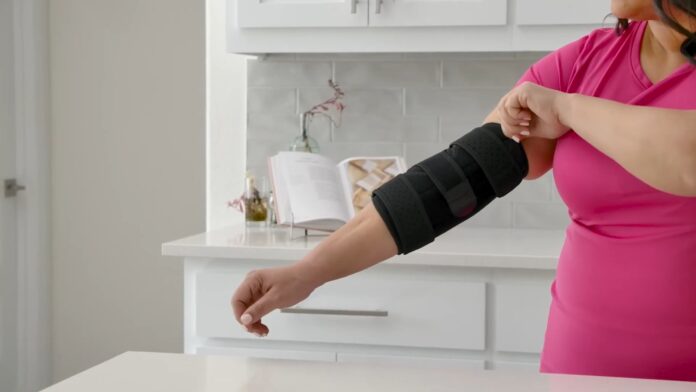
To ensure your tennis elbow brace continues to provide optimal support, it’s important to maintain it properly. Regularly check the brace for any signs of wear and tear, and replace it if necessary. Keep the brace clean by following the manufacturer’s care instructions, usually involving hand washing and air drying.
- Inspect the brace regularly: Look for any signs of wear and tear, and replace the brace if necessary.
- Keep it clean: Follow the manufacturer’s care instructions to ensure the brace remains in good condition.
- Store properly: When not in use, store the brace in a cool, dry place to prevent any damage.
When to Wear the Brace?
Understanding when to wear your tennis elbow brace is crucial. While it’s beneficial during play, wearing it all the time can lead to dependence and potentially weaken the forearm muscles. I always recommend wearing the brace during play and any other activities that may strain the forearm, such as lifting heavy objects.
However, it’s also important to give your arm time to breathe and move freely. Incorporating regular exercises and stretches for the forearm can help strengthen the muscles and prevent future injuries. If you’re unsure about when to wear the brace, consult with a healthcare professional for personalized advice.
You Might Professional Advice
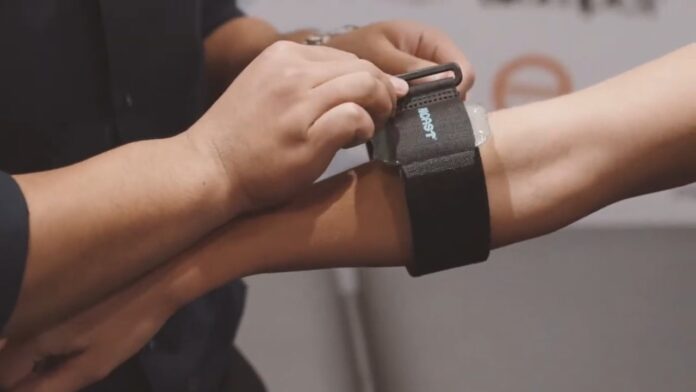
If you’re experiencing persistent pain or discomfort, it’s crucial to seek professional medical advice. A healthcare professional can provide a proper diagnosis and treatment plan tailored to your needs. They may also recommend physical therapy or other interventions to aid in your recovery.
I am always highlighting the importance of addressing any pain or discomfort promptly. Ignoring the symptoms can lead to more severe injuries and prolonged recovery times. Trust your body, and don’t hesitate to seek professional help if needed.
Integrate Exercises and Stretches
In addition to wearing a tennis elbow brace, integrating specific exercises and stretches into your routine can significantly aid in recovery and prevention. As a tennis coach, I always encourage my players to take a proactive approach to their health, and this includes strengthening the forearm muscles.
- Wrist Flexor Stretch: Extend your arm in front of you with your palm facing down. Gently pull the fingers back towards your body until you feel a stretch along the inner forearm. Hold for 15-30 seconds and repeat on the other side.
- Wrist Extensor Stretch: Similar to the wrist flexor stretch, but with the palm facing up. Gently pull the fingers towards your body, feeling a stretch along the outer forearm.
- Tennis Ball Squeeze: Hold a tennis ball in your hand and squeeze it as hard as you can without causing pain. Hold for a few seconds, then release. Repeat 10-15 times on each hand.
These exercises and stretches can help improve flexibility, strength, and circulation in the forearm, aiding in recovery and prevention of tennis elbow.
Monitor Your Progress
As you continue to wear your tennis elbow brace and integrate exercises and stretches into your routine, it’s important to monitor your progress. Pay attention to any changes in pain or discomfort, and adjust your activities accordingly. If you notice significant improvement, you may be able to gradually reduce the amount of time you wear the brace.
- Keep a pain diary: Note down your pain levels, activities, and brace wearing times each day.
- Be patient: Recovery from tennis elbow can take time, and it’s important to give your body the chance to heal.
- Celebrate small victories: Acknowledge and celebrate improvements, no matter how small they may seem.
Prevent Future Injuries
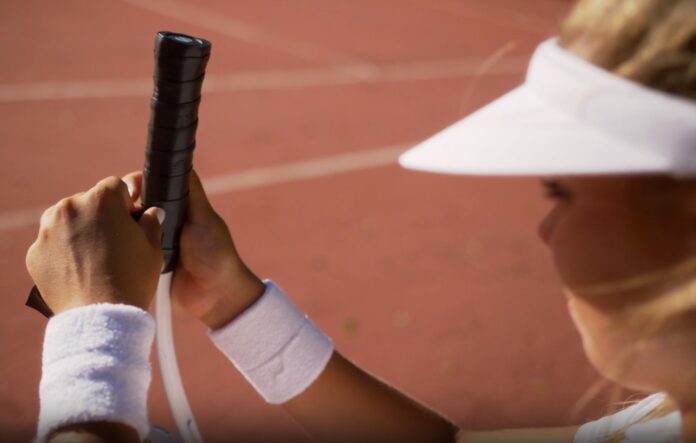
Building resilience in your forearm muscles and adopting preventive measures can go a long way in avoiding future instances of tennis elbow. Incorporate strength training, proper technique, and adequate rest into your routine.
- Strength Training: Incorporate exercises that strengthen the forearm muscles and improve grip strength.
- Proper Technique: Ensure you’re using the correct technique in your tennis strokes to reduce strain on the forearm.
- Adequate Rest: Allow sufficient time for your body to recover between intense sessions or matches.
FAQs
How do you position a tennis elbow brace?
Position the brace on your forearm, just below the elbow. The padded part should be on the outer part of your forearm. Ensure it’s snug but not too tight, allowing for slight movement.
Should I wear my tennis elbow brace all the time?
No, you should not wear your tennis elbow brace all the time. Wear it during activities that strain your forearm and when playing tennis. Give your arm time to breathe and move freely when at rest.
Can you wear a tennis elbow brace overnight?
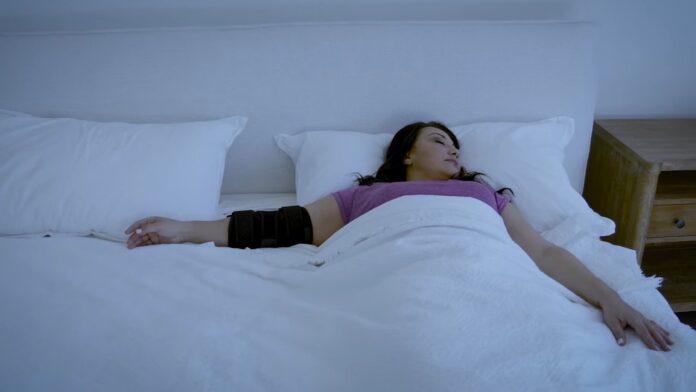
It is generally not recommended to wear a tennis elbow brace overnight unless advised by a healthcare professional. Allowing your arm to move freely during sleep aids in the natural healing process.
Should the tennis elbow brace be tight?
The brace should be snug enough to provide support but not so tight that it restricts blood flow or causes discomfort. You should be able to slide a finger underneath the brace.
How long can you leave the tennis elbow brace on?
You can wear the brace during activities that strain your forearm, typically for a few hours at a time. Ensure to remove the brace and allow your arm to rest and move freely throughout the day.
Last Words
From my experience, I understand the frustration that comes with tennis elbow. Remember to listen to your body, seek professional advice when needed, and stay positive and focused on your recovery. With dedication and the right support, you’ll be back on the court, performing at your best and enjoying every moment of the game.
Related:
- Top 19 Best Tennis Bags 2024 [Unbiased Reviews]
- 20 Best Tennis Shoes 2024 - Stylish and Athletic
- 18 Best Tennis Racquets 2024 - Exclusive Reviews &…
- 15 Best Tennis Balls 2024 - USTA and ITF Approved
- 15 Best Tennis Racquet for Beginners & Intermediate…
- 10 Best Tennis Ball Machine 2024 - Perfect for Solo Players

